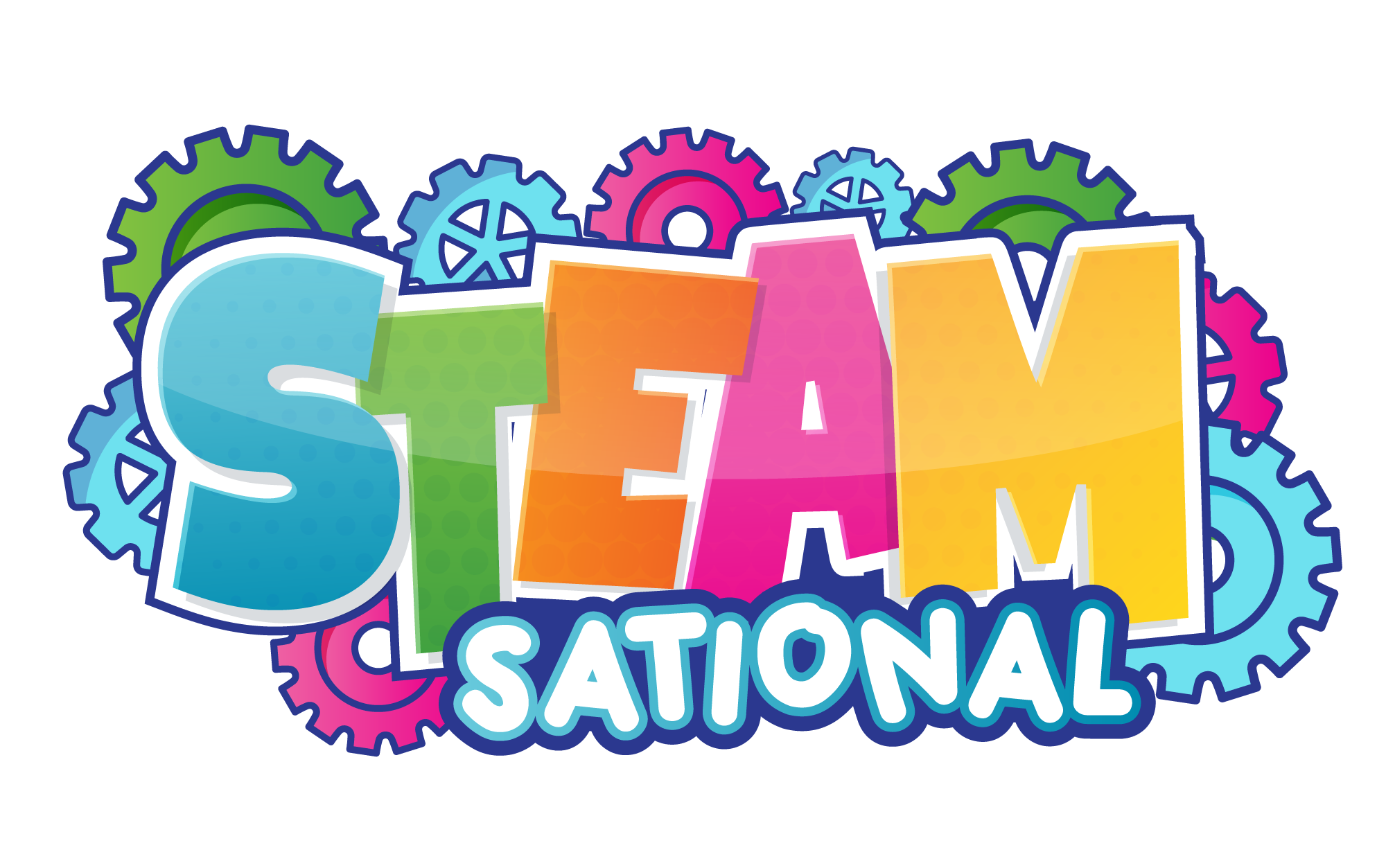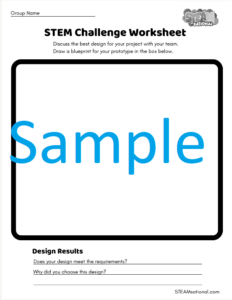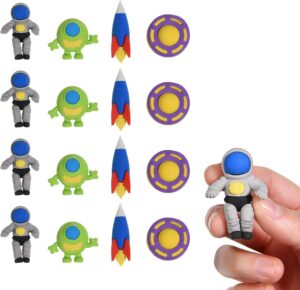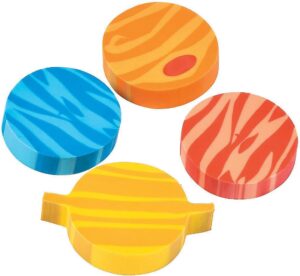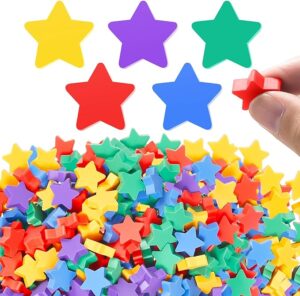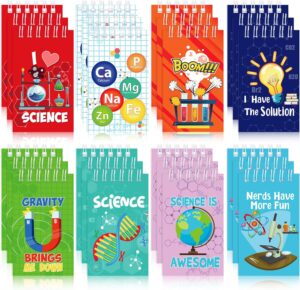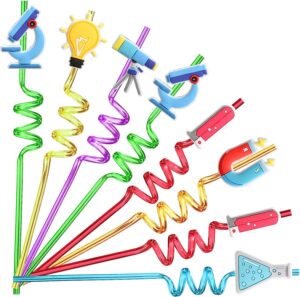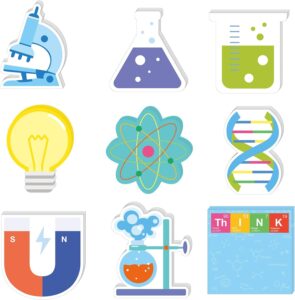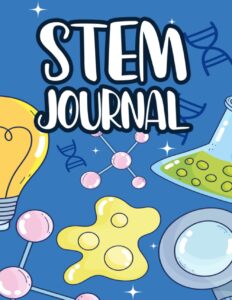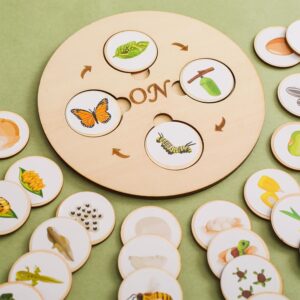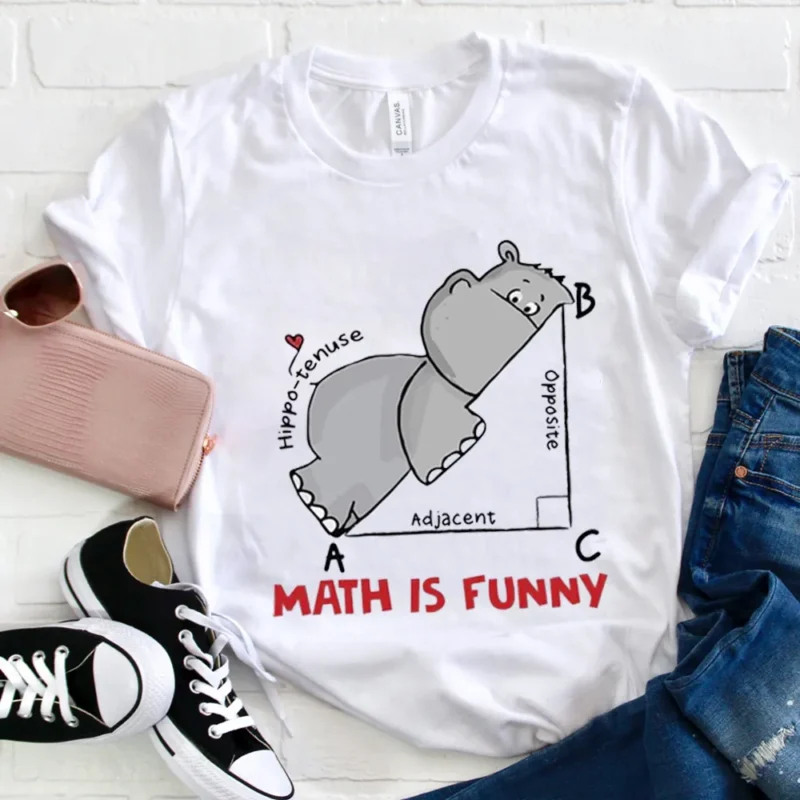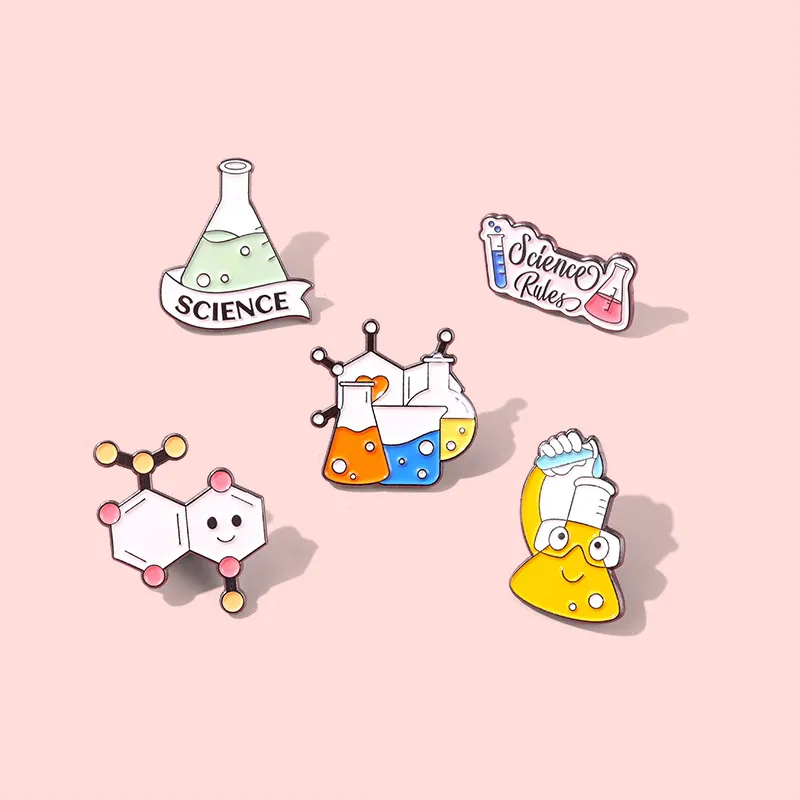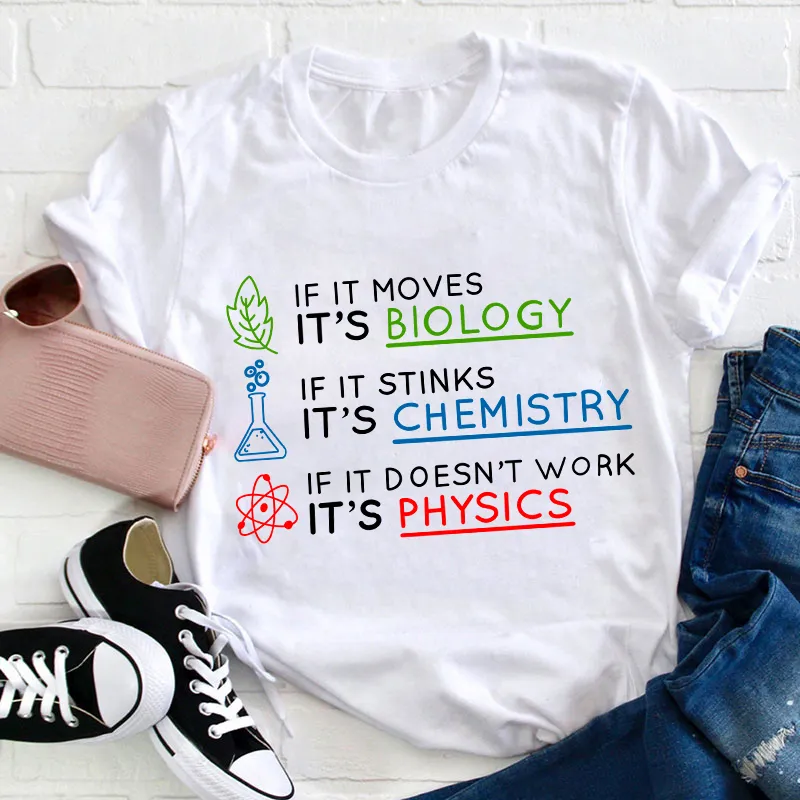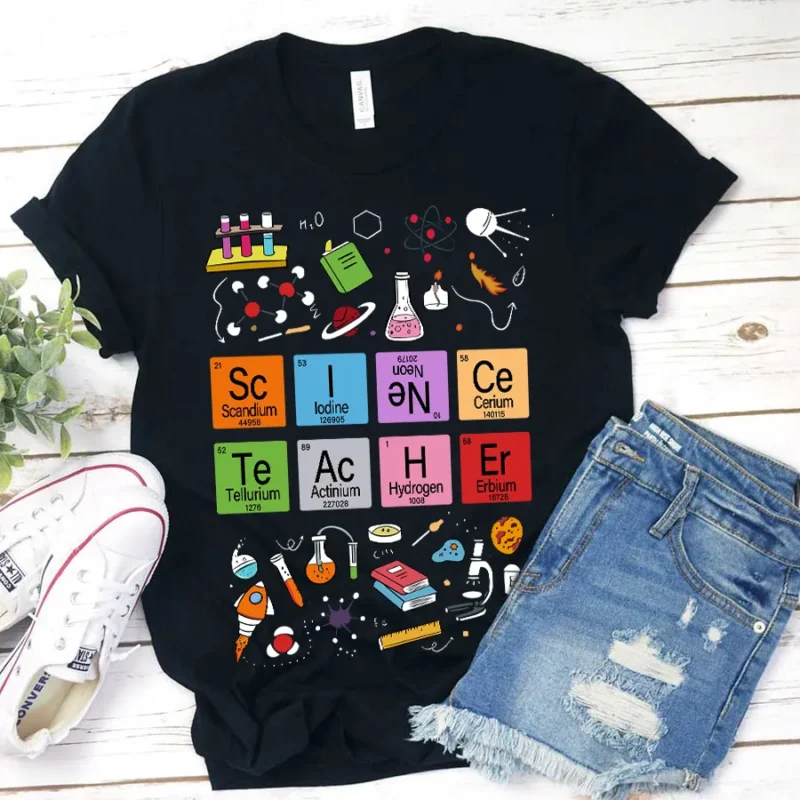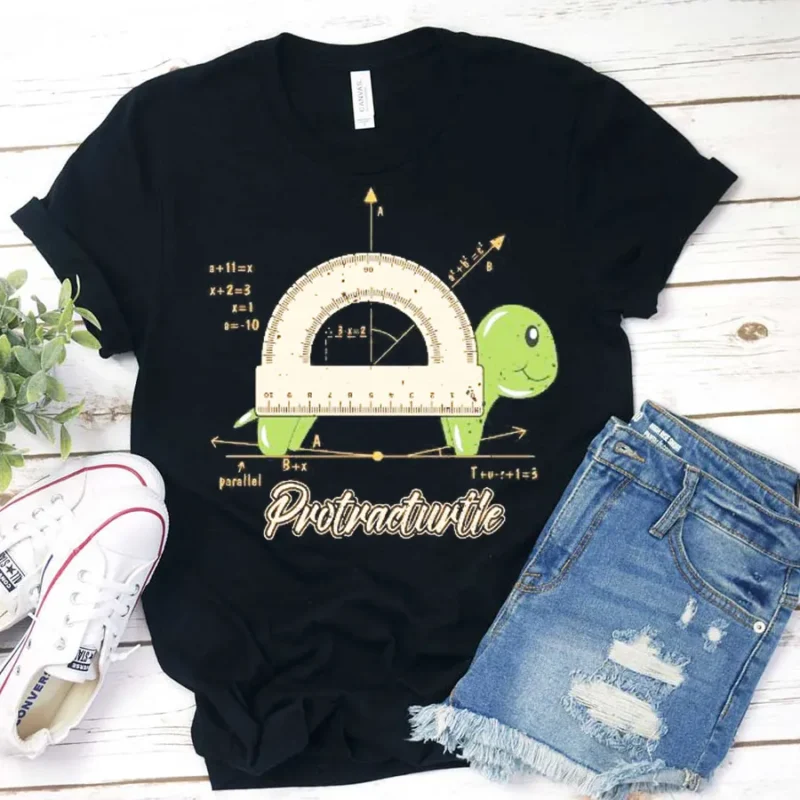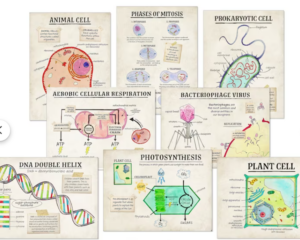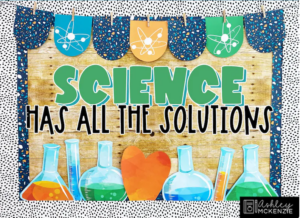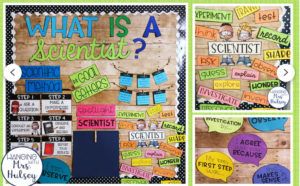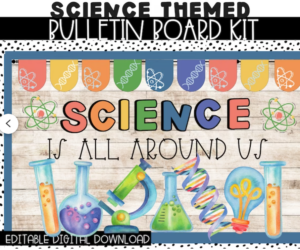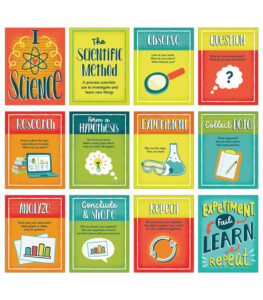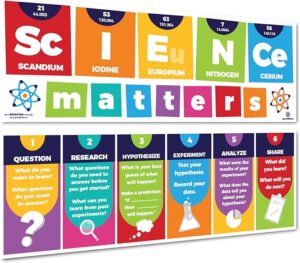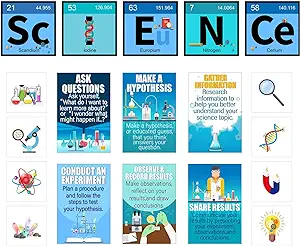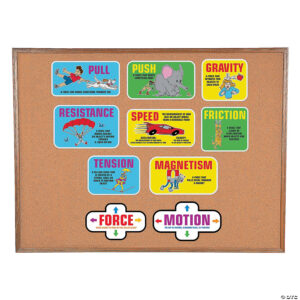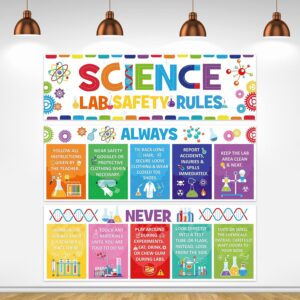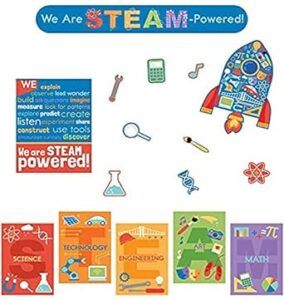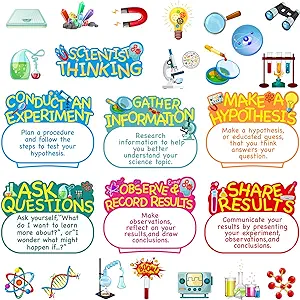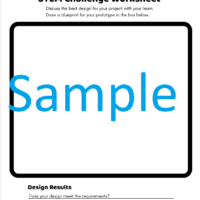Ready to embark on a colorful and imaginative building journey with your students? The best way to bring fun back into the classroom after a long summer is with this pencil tower STEM challenge and our other STEM pencil project ideas!
All you have to do is provide your students with a selection of colored pencils and watch as they construct the towering wonders of their wildest dreams.
As students join forces, share brilliant ideas, and raise awe-inspiring pencil structures, they’ll be honing their skills in communication, compromise, and collaboration.
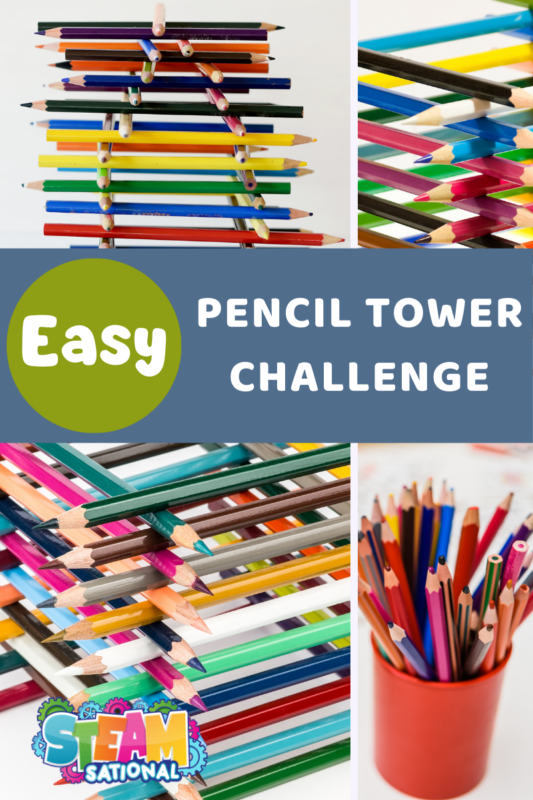
Beyond just fun, this pencil engineering challenge is a launchpad for future architects and artists.
From majestic pencil castles to cities of tomorrow, the pencil STEM tower challenge is more than an activity – it’s an experience.
Bring this engineering challenge to your classroom and see where your students’ imaginations can take them.
How to Set Up the Pencil Tower STEM Challenge
Here’s how to set up your pencil tower STEM challenge.
Table of Contents:
This pencil engineering activity isn’t just about stacking pencils into a pencil tower; it’s about sparking the limitless imagination of young innovators and teaching the basics of the STEM process right from the start of the year!
What You Need for the The Pencil Tower Challenge
You don’t need much for this pencil tower STEM challenge! You just need a few supplies including:
Pencils to Make Your Pencil STEM Challenge Fun!
These pencils will make your pencil STEM challenges more fun!

Pre-sharpened pencils classroom set



Color changing pencils classroom set


Pencil STEM Project Learning Objectives
Here are the pencil tower STEM challenge lesson objectives that your students should be able to discuss by the end of the pencil engineering activity.
This is what your students can learn during this pencil STEM activity, which is useful for activating a STEM mindset at the beginning of the school year.
STEM Integration
Beyond the art, there’s the science of balance, the engineering of structures, and the mathematics of height and symmetry.
Teamwork & Communication
Students won’t just work alone. Collaborating in teams, they’ll brainstorm, exchange ideas, and refine their designs, all while improving their communication skills.
Real-World Skills
It’s not just about the tower. It’s about problem-solving, compromising when ideas clash, and celebrating collective achievements.
Easy Set-Up
Let’s face it, at the start of the year we have so much to do already! So why not make the first few STEM activities of the year quick STEM activities and no prep STEM challenges?
In the Pencil Tower Challenge, students get more than just a fun activity. They gain essential STEM skills and discover the joy of creativity and collaboration.
STEM Teaching Resources
These teaching resources will make your STEM classroom more fun and rewarding for your students!
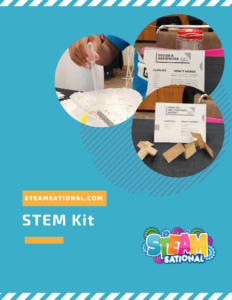
STEM Extensions for the Pencil Tower Challenge
This pencil tower challenge doesn’t have to be just about construction stability or structure patterns. Kids can learn a lot with these extra STEM extensions for this pencil engineering activity!
Natural Disaster Pencil Tower Activity
Have your students create Pencil Towers built to withstand natural forces like wind, rain, and earthquakes! This will introduce discussion topics on structural stability and material science.

Pencil Tower Math Extensions
Bring math to life! Kids can calculate their tower’s height, volume, and surface area, and consider the importance of using patterns and symmetry in their tower designs.
Design and Art Pencil Tower Extensions
Before starting the pencil tower activity, introduce famous structures and towers and let the kids explore the different types of tower structures that they may be able to use when creating their own pencil towers.
Next, show blueprints and architectural drawings of tower design to the students. This can help them understand how to use scale and spatial thinking to draft their tower designs.
Climate, Earth’s Systems and Tower Design
Encourage your students to design eco-friendly pencil towers. Discuss the best types of materials to use for various environments and tower designs.
Discuss how to source materials to keep costs low and protect the natural environment where the tower will be located all while ensuring the pencil tower is sturdy enough to withstand all local weather conditions and natural disasters.
STEM Shirts for Teachers
These STEM shirts are adorable and super fun to wear while teaching STEM or science.
Even More Pencil Themed STEM Activities!
If you want even more ideas on how to use pencils in the STEM classroom, check out these pencil STEM activities below.
- Amazing Bending Pencil Experiment That’s Just Like Magic!
- 25 Amazingly Fun Back to School STEM Activities
- 3 Steps to the Perfect Leak Proof Bag Science Experiment
- How to Build Da Vinci Bridge with Pencils
In the comments below share what your favorite STEM activities with pencils include.
STEM Classroom Decorations and Bulletin Boards
Here are some fun STEM themed classroom decorations and bulletin boards that will make any classroom more fun!
Science Has All the Solutions Decorating Kit
What is a Scientist Decorating Kit
Science is All Around Us Decorating Kit
Scientific Method Classroom Posters
Science sayings bulletin board decor
Forces of motion bulletin board set
Scientific thinking bulletin board set
Pencil Tower STEM Challenge Lesson Plan
Check out the printable lesson plan below for a step-by-step activity guide for this pencil engineering activity!
And don’t forget to grab our free STEM extension worksheets to transform this STEM activity into a complete STEM lesson.
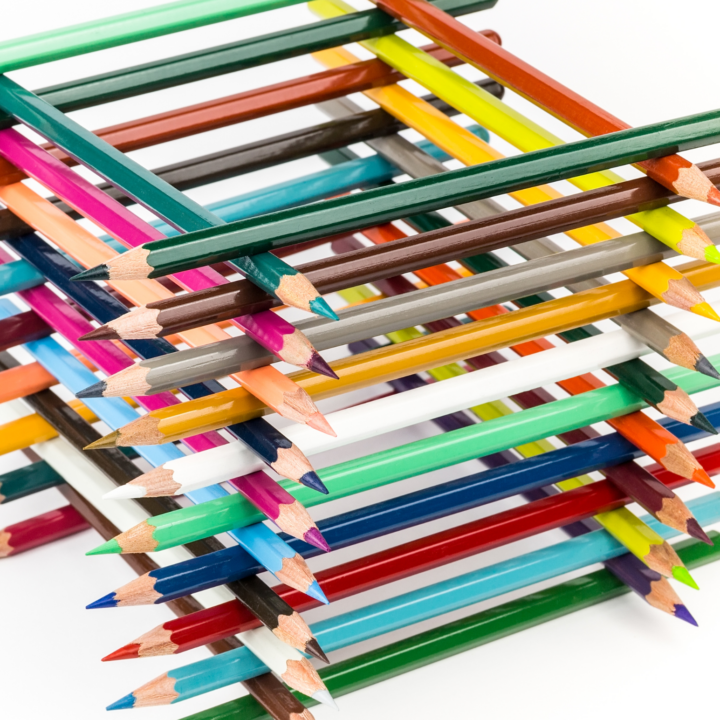
Pencil STEM Challenge Tower Lesson Plan
Students will use the engineering design process to construct a tower using only pencils and rubber bands. Through this pencil STEM challenge, students will explore concepts of stability, balance, and design.
Materials
- Pencils (at least 20 per group)
- Rubber bands (assorted sizes)
Tools
- STEM worksheet
- Tape measure or ruler
- Protractor
- Compass
- Stopwatch or timer
Instructions
Follow this lesson plan when building your pencil towers!
Tower Design Introduction
- Discuss famous towers from around the world (Eiffel Tower, CN Tower, Leaning Tower of Pisa).
- Ask: "What makes a tower stable? What design factors need to be considered?"
- Briefly introduce the engineering design process: Ask, Imagine, Plan, Create, and Improve.
- Ask: What is our challenge? (To build the tallest, most stable pencil tower.)
- In small groups, have students brainstorm different ways to arrange the pencils to create a stable structure.
- Students sketch their design on paper and predict how tall it will be. They should also consider where to place the rubber bands for stability.

- Using their sketches as guides, students begin constructing their towers, utilizing the pencils and rubber bands.
- Measure the height of each tower using rulers or measuring tapes. Have each group record their tower height in their STEM worksheet.

- Test the stability of each tower by lightly blowing on it or giving the table a small shake. Discuss why some designs were more stable than others.

- Discuss as a class which designs seemed most stable and why.
- Given more time or resources, how would they change their designs?
- If time allows, let groups adjust their towers based on observations and discussions.

Pencil STEM Challenge Directions
Break your pencil STEM challenge down into these sections:
Planning (15 minutes):
Building (20 minutes):
Reflect and Improve (10 minutes):
Class Discussion (10 minutes)
- Discuss the various designs and why some towers were taller or more stable than others.
- Talk about how the engineering design process helped in guiding their construction.
- Ask students how they might use what they learned today in other building or design projects.

Student Assessment
Ensure the students have completed the outlines of the rubric and understand the theory behind the lesson.
Lesson Rubric
- Participation in group discussions and design process.
- Completed design sketches with predictions.
- Final tower construction and its height.
- Reflection on the design, improvements, and the engineering process.
Recommended Products
As an Amazon Associate and member of other affiliate programs, I earn from qualifying purchases.
